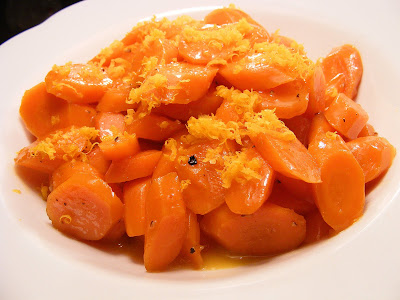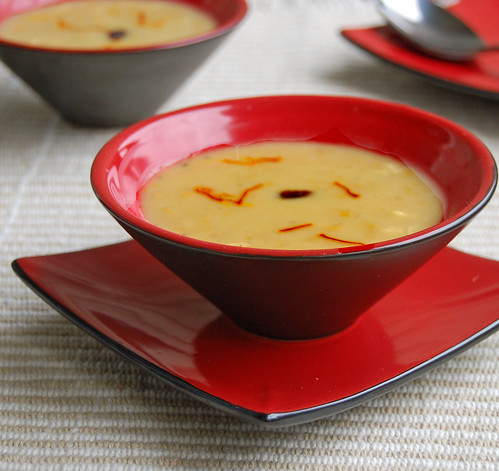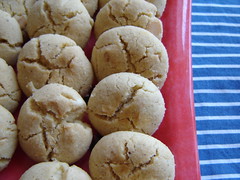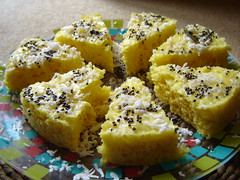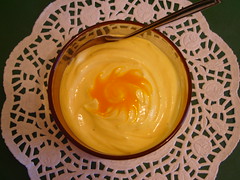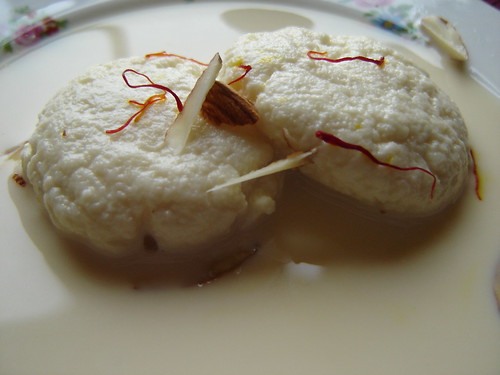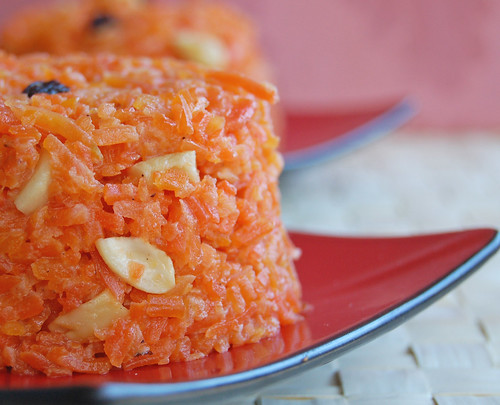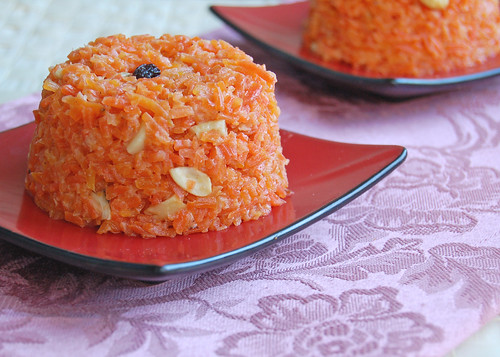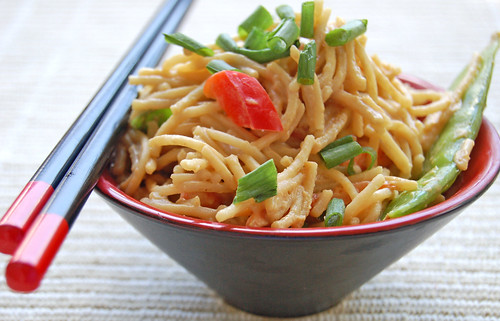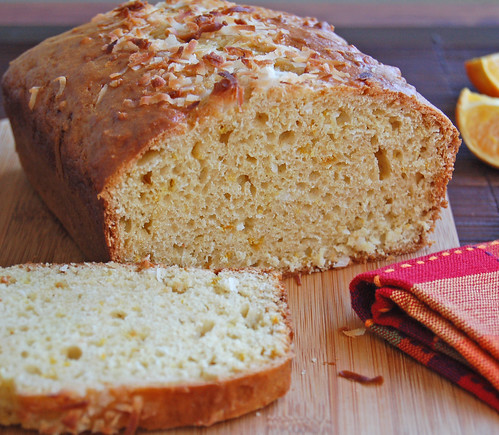If you've decided on a vegetarian diet , you want to try the diet of negative calories or just want to try a delicious pizza that is also nutritious , this is the recipe for you.
Note that while you can include more fresh ingredients in the recipe (and less canned or preserved) be much better, plus you'll be ensuring that you retain all the nutrients (or most of them). For example, instead of using canned tomato puree, you can choose to make your own puree with fresh tomatoes. A good tip is to roast the tomatoes and simmer liquefy and be ready with your favorite spices.
Also remember that although our option presented here has broccoli as a main ingredient you can include as many vegetables you want (and if you are in this list , the better).
Ingredients to make the dough (500 gr):
- 250g flour
- 3 tablespoons olive oil
- 10gr of yeast
- 5g fine salt
- 10gr sugar
- 185 cl. water
Ingredients for coverage:
- 1/4 of broccoli
- 300 grams of cheese
- 200 grams of mozzarella
- 4 egg yolks
- 1 cup tomato puree
- 1 clove of garlic
- parsley
- oregano
- olive oil
Preparation of the dough : Dissolve the salt and sugar in half the water. Mix flour and brewer's yeast desmigándolo finely in a saucepan (sounds funny but has a reason) and mix with the rest of the water, then mix with the salt water and sugar (brewer's yeast does not support too much contact with the salt). Knead vigorously for 5 minutes. Gradually stir the oil, mixing continues for another 3 minutes until the dough comes away easily from the pan. Flour dough into a little ball. Put in slightly floured pan and recúbrelo with a plastic sheet.
To lift the dough : In summer, let the dough rise at room temperature, in winter, place the pan in a water bath for Humid 25 ° C. Do not leave it up to excess (the dough should double in volume).
Breaking and leave the dough : flour a little dough by folding on itself numerous times. With a thin plastic wrap and leave in the fridge for 1h 30m
Tips. Prepares Eve mass, will be better. To store it in a refrigerator that does not ferment
Preparation of pizza:
After preparing the pizza dough and having pre-cooked in the oven, cut the garlic finely and add it to the tomato puree along with parsley.
In another pot cook the broccoli, cut them and put them on the base. Then, place the mozzarella slices on top and then cover with cheese.
Slightly beat the egg yolks and sprinkle the pizza with them. We put it in the oven for about 10 minutes or so until golden brown.
Served and ready to enjoy.



